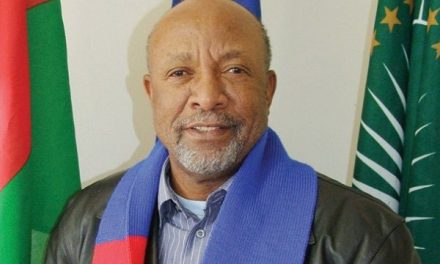
Give the poor access to medical aid
The biggest challenge faced by the healthcare industry is the lack of new initiatives and solutions in the provision of healthcare. Key issues all revolve around accessibility, affordability and sustainability of healthcare as well as the steadily increasing number of people forced to make use of public health facilities.
According to Gabriel Mbapaha, CEO of the Namibian Association of Medical Aid Funds (NAMAF), other factors include the challenge for all parties to grow the medical aid industry, to decrease the “uninsured”(people who are employed but not members of medical aid funds) and to remove possible barriers to entry on low income workers.
He said the current position of many players in the industry is that everyone is unhappy and feels squeezed. Hospitals feel medical practitioners and medical aid funds are out to squeeze them while the public sector feels like a dumping ground, overloaded and under-capacitated. “The government is battling with cost containment strategies and provision of services, government is battling to meet the demand and also cater for the employed but insured. Pharmaceuticals feel unhappy with medicine prices.”
Mbapaha was speaking at a NAMAF’s trustee training session last month when he said that the government, in compliance with Vision 2030 has clear objectives relating to health. It can be expected that government will take reasonable action, possible amendments to legislation or other measures to achieve the progressive realisation of the right of the people of Namibia to have access to primary health care.
“Vision 2030 clearly commits to the Primary Health Care approach. [It] aims to promote equitable access to high quality and affordable healthcare for all through better infrastructure and that it is equitably distributed. Thus the aim of ensuring equitable and broad participation for mutual benefit in Namibia,” he said.
On costs and access he said, the bottom line is that healthcare has to become substantially cheaper, all stakeholders have to work together. Contribution increases [must] be of economic affordability, with risks and opportunities to be addressed by all in partnership and annual increases should be substantially less than healthcare inflation and equal to country inflation or CPI.
According to data collected in 2006, over 1,7 million Namibians were not covered with only 17.6% of employed Namibians enjoying medical insurance from estimated 560,000 employed. Over 200,000 employed Namibians are uninsured. The 366,484 current medical scheme population include all people covered by PSEMAS.
The Namibian Association of Medical Aid Funds is a statutory body created by an act of Parliament (Medical Aid Funds Act, Act no.23 of 1995). By law all private medical aid funds are affiliated to NAMAF excluding PSEMAS. Medical Aids Funds are regulated by NAMFISA.











































